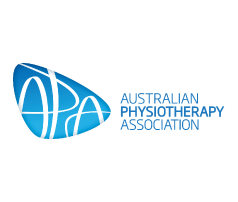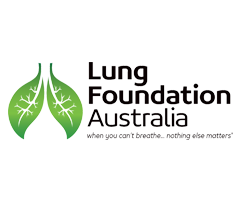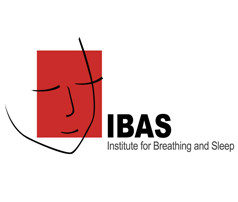Investigations for secondary causes
Spirometry (FEV1, FVC, PEF) and TLCO
to document baseline lung function
for the measurement and monitoring of severity of disease
presence of bronchodilator response (reversibility)
Sputum sample (microbiology and culture)
identify the presence of bacteria or organisms in the sputum
include mycobacterial culture
persistent Staphylococcus aureus may indicate ABPA or CF
surveillance of sputum microbiology helps guide antibiotic therapy
Pathology
Vaccine responses:
Immune deficiency may be identified by an impaired vaccine response
Bronchoscopy indicated when:
response to treatment is poor
HRCT indicative of mycobacterial infection
disease is localised (to exclude obstruction)
unexplained haemoptysis
Exhaled nasal nitric oxide
indicated if considering primary ciliary dyskinesia. This should be considered in cases of dextrocardia, chronic childhood sinusitis or upper respiratory tract infections
studies of ciliary structure and function should be considered in adults with a history of chronic upper respiratory tract infections or otitis media
Sweat test
Alpha-1 anti-trypsin
See TSANZ Bronchiectasis Guidelines for further information on investigations for secondary causes.








